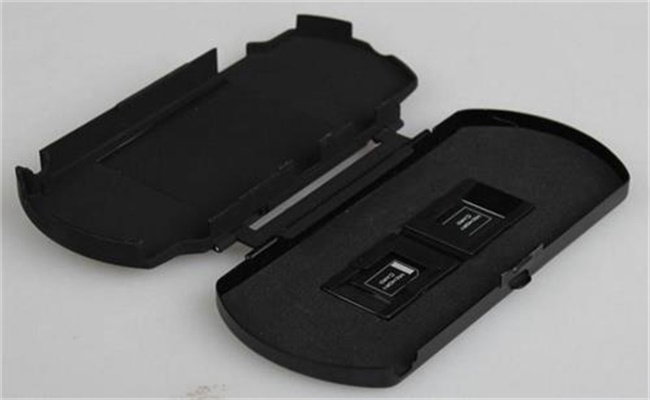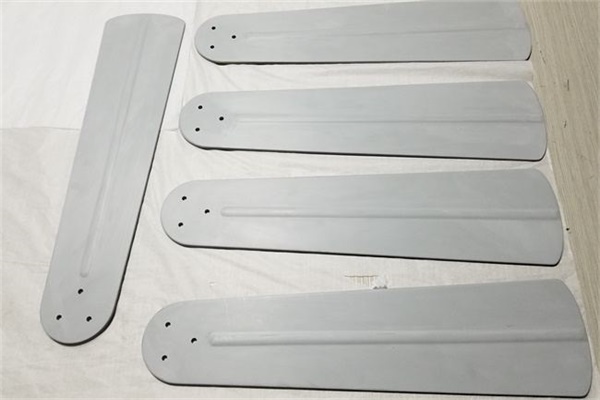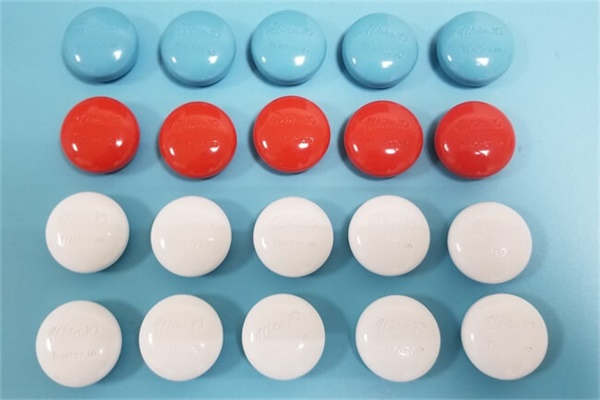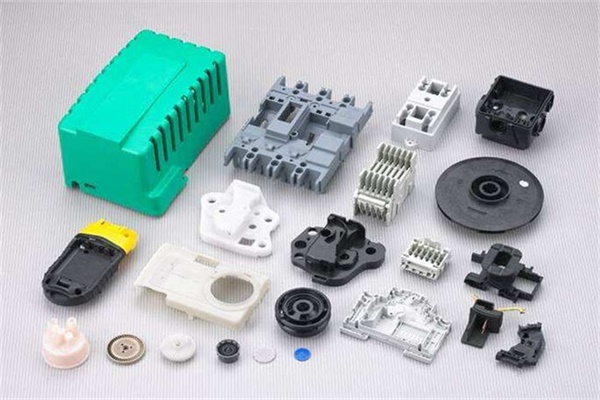Rapid prototyping comprise reduction of project cost as well as risk. Usually, one or more prototypes are developed in the process of software development in a series of incremental as well as iterative steps. Each prototype that is manufactured is based on the preceding designs’ performance as well as it is a corrective process through which the past design defects or trouble is corrected. This product is ready for production once the prototype is fully refined as per needs as well as meets all the all design objectives similar to manufacturability, robustness as well as functionality.




